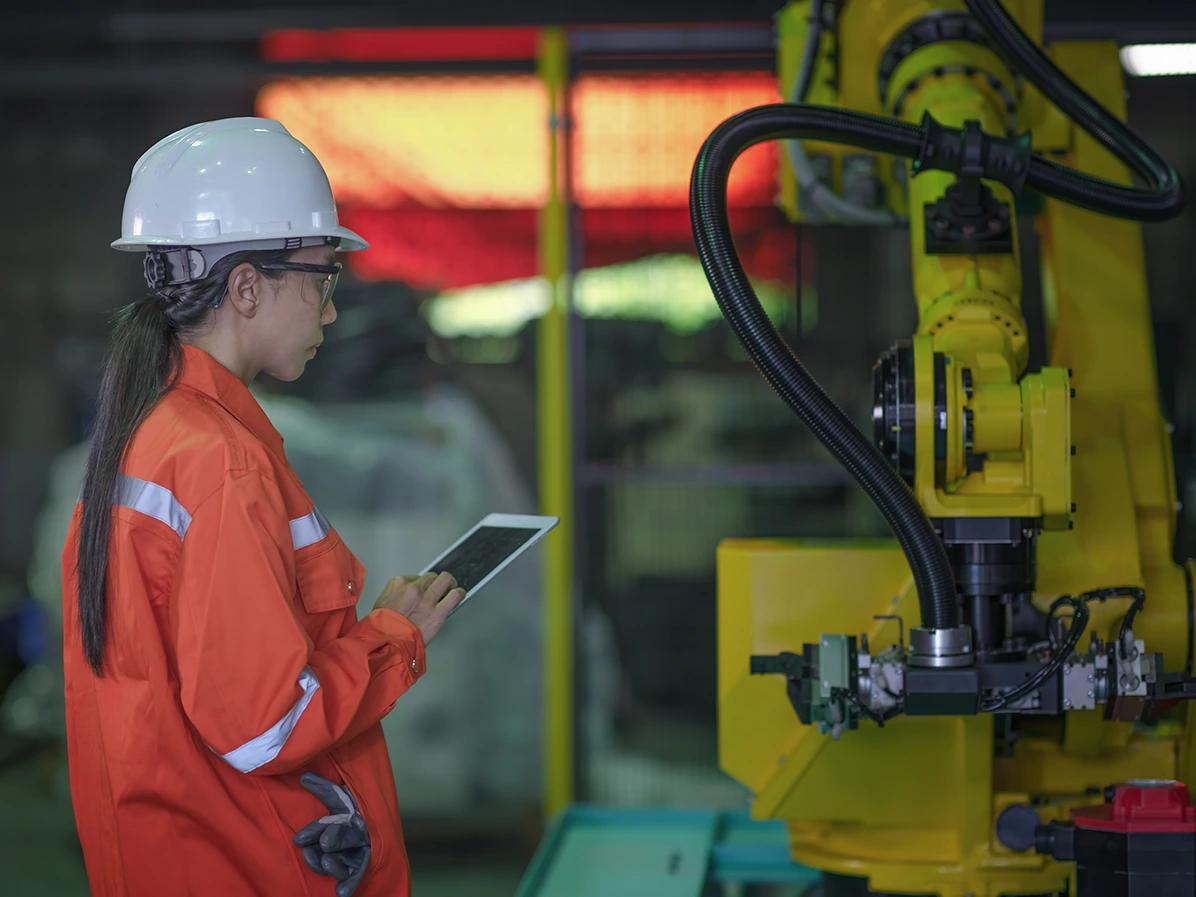Contents
Ending the paper chase: 3 reasons to leave manual processes behind
13 August 2020
What’s wrong with health and safety manual processes? A lot of it has to do with the word “manual.” It conjures up images of grabbing a shovel and digging a ditch. Manual typewriters, manual lawnmowers, manual sewing machines, and manual eggbeaters—why use them if you don’t have to? There are machines and technology out there now that make those things easier. Think about how you do everyday tasks: open an app on your phone and you can almost instantly start ordering the family dinner or managing your finances.
So, if you digitally manage every other aspect of your life or business, then why are you still using manual processes to manage your health and safety program? In this blog, we explain why you should say goodbye to manual health and safety processes and say hello to health and safety technology.
Pitfalls of Spreadsheets
Spreadsheets can make your health and safety organization feel “safe.” Your business has created them for itself and that seems to be a fair tradeoff for what appear to be a few limitations. Eventually these safety nets can break, though. Duplicate data, data lost on a hard drive, mistakes in formulas… these aren’t good things. What they create is a black hole of missed opportunities for health and safety enlightenment and improvement.
Benefits of Digital Safety Management Software
1. Automated Processes Save Time and Money
You probably know the manual process drill—typically someone completes a form and the information in that form must be entered into a spreadsheet or a homegrown database. Nothing about this is real-time. Entering data into a spreadsheet or siloed database is just not a good long-term solution for visibility into health and safety issues, procedures, processes, or incident.
Spreadsheets can proliferate as copies that are then altered, so no one is sure if the data they’re seeing is correct. This can lead to incomplete reporting and costly mistakes. Data in silos or papers that are filed away are difficult to access when they are needed and can be overlooked, which can adversely impact health and safety programs. Incidents might not be addressed properly, and that can increase them. But the most frustrating thing about manual processes and paper-based health and safety is that it is historical data.
Today, you can’t make sound judgements based only on past data. HSE management technology provides the real-time information your organization needs. Real-time data visualizations highlight hotspots that indicate a problem. You can quickly and easily assign follow-up actions to mitigate risk and reduce incidents, leading to cost savings and increased productivity. You also save time because health and safety processes are automated, you can see potential issues faster, and you can head-off future incidents sooner.
2. Automated processes significantly reduce errors and increase accuracy
No matter how well an organization manages safety, if its processes are largely manual, there will be human errors. Mistakes can’t be predicted or eliminated completely, which means that you could end up making decisions based on the wrong data, causing a ripple effect throughout your organization.
By contrast, health and safety automation improves the flow, quality and consistency of data. With health and safety technology, employees have the power to report unwanted events immediately, which delivers more consistent and higher quality data. When health and safety technology includes business intelligence and analytics, easy-to-understand dashboards improve understanding in real time.
But that’s not all. With manual processes, a trend can be easily overlooked or can be perceived as a bigger problem than it is. Health and safety technology provides trend analysis for determining if the trend is an outlier of it requires investigation. You can also create and track health and safety key performance indicators (KPIs), using the leading metrics to drive decisions about how to improve. Summary reports and metrics presented in easy to understand, real time dashboards can predict where preventative interventions will be most effective.
3. Automated processes reduce your risk
Siloed data, manual data input, error-prone spreadsheets, and paper chases increase your risk of serious health and safety incidents and violations due to a lack of compliance visibility. There is no real way to avoid this as long as your health and safety processes are stuck in manual. You simply can’t make insightful decisions based on all your data and have prevent a major incident or to demonstrate compliance to an auditor.
Health and safety technology will reduce risk at your organization. It enables leadership, facilitates engagement, and drives informed decisions with at-source reporting, data analysis, and business intelligence tools. To drive complete engagement across the workforce, every employee the tools they need to make better decisions and decrease the risk of harm to workers and the company.
On top of all that, health and safety technology provides you with an audit trail to show regulatory bodies that processes you’ve put in place to keep your employees safe. With COVID-19, health and safety is more important than ever.
Ready to stop the paper shuffle? Book a demo below and see how you can leave manual processes behind.

RELATED BLOGS

What is Risk Management Software?
1 November 2022 - Team Evotix
‘Risk management’ sounds deceptively simple—identify what can go wrong, figure out how to ensure it doesn’t, supress the risk. In reality, there are many types of risk that can affect an organization..

What is EHS Software? The Ultimate Guide
9 March 2022 - Team Evotix
The rate of workplace accidents is far too high. In fact, in some countries, it hasn’t been improving at all. Behind every one of those statistics is a name and a family – and that’s why at Evotix,..

5 Ways Safety Software Can Enhance Manufacturing Companies’ Compliance and Safety
19 September 2024 - Team Evotix
Manufacturing environments are inherently risky. With the presence of heavy machinery, hazardous materials and fast-paced workflows, the risk of incidents is ever-present.
